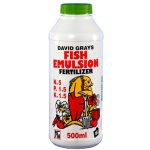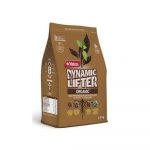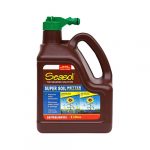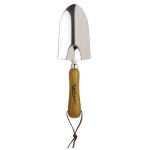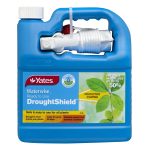As the weather cools down, its time to think about winter vegetable gardening in order to have a successful crop in the warmer months.
The first thing to consider is what type of winter you have as this influences your gardening strategy. A ‘normal’ winters day in Australia can differ drastically, depending on where you are located. Here are the ‘typical’ types of winters around Australia.
Warmer regions, subtropical & tropical areas
Warm sunny days but cooler nights, low humidity & rainfall and a dry season that lasts from April until September. This is a common winter for areas such as the ‘top end’, north coast of NSW up to Cairns as well as the northern coastline of WA.
Colder Regions
For the rest of Australia, winter is characterized by cold, sometimes sunny but frequent cloudy days are common. Average temperatures are low to mid teens with frosts in inland areas and snow at higher altitudes.
Preparation
Successful winter vegetable gardening requires good soil preperation. Poor soil conditions means young plants & seedlings will struggle to establish and thrive.
Before sowing seedlings or seeds:
Before planting your winter vegetables, prepare your garden by removing any old plant debris and weeds. Loosen the soil with a fork or tiller and add some organic matter, such as compost or well-rotted manure. This will help improve the soil structure and provide the necessary nutrients for your winter vegetables.
Apply nutrients
Give your soil much needed nutrients to give your plants a boost when its needed.
Apply one or more of the following:
- Blood & Bone
- Fish Emulsion
- Soil Improver
- Yates Dynamic LIfter
Turning & Working the Soil
Ensure your soil does not become compacted as this can be deadly to plants. When soil becomes hard it reduces air space, makes it hard for roots to spread and difficult for water to soak in.
Working the soil helps by:
- Creating pockets of air for plant growth
- Allowing roots to develop & grow
- Ensuring water penetrates to the roots
- Releasing nutrients and allowing them to move down through the soil
- Encourage the return of beneficial microbes & earthworms
Colder Regions
If the night-time temperature drops below 8 degrees, sowing & planting of new crops into the garden is not generally recommended. This is because if the soil is cold, sap flow in plants is slow, roots dont take up as much moisture which in turn slows down nutrient intake & growth. Seeds will not germinate and young seedlings will not survive as they cannot acclimatise in time and start growing.
In colder regions, the winter time is usually time for harvesting traditional winter crops. Wait until the weather warms up in spring to sow & plant summer vegetables. Be wary of frost damage to any existing crops- use frost blanket or drought shield to protect them.
Here's what you can do
Divide, lift and replant the crowns of:
- Artichokes
- Horseradish
- Asparagus
- Rhubarb
Harvest your cold season crops such as:
- Kale
- Brussel Sprouts
- Winter lettuce
- Silverbeet
- Broccoli & broccolini
- Cabbage & cauliflower
Some seeds may be planted into seed trays and kept warm to produce seedlings for planting in spring
- Broad beans
- Onions
- Spinach
- Silverbeet & rainbow chard
Warmer Areas
In warmer areas, winter is great news for vegetable gardens as soils tend to absorb the heat from the day and retain it during the night.
Mid-winter is great for sowing vegetable seeds and planting seedlings. The below list of seeds are suitable for sowing directly into soil or into seed trays for transplanting later:
- Beetroot
- Silverbeet
- Spinach
- Carrots
- Carrots
- Spring/Green Onions
- Leeks
- Fennel
- Peas
When planting or sowing, remember to fertilise your soil well, water in & watch for pests such as chewing and sucking insects.


